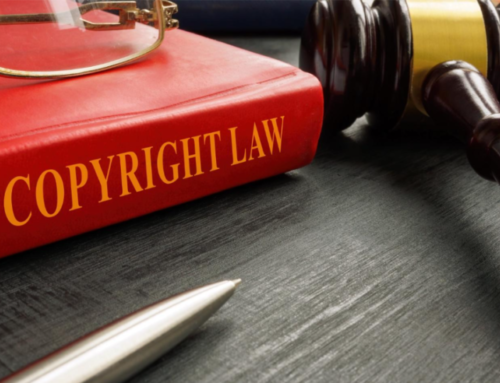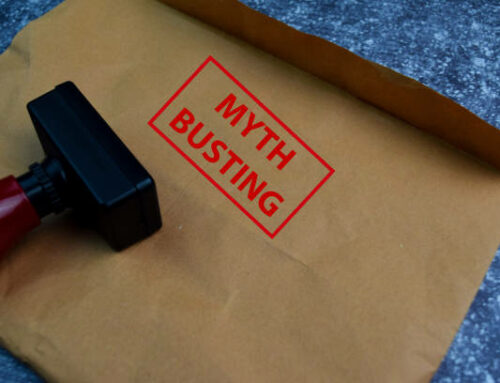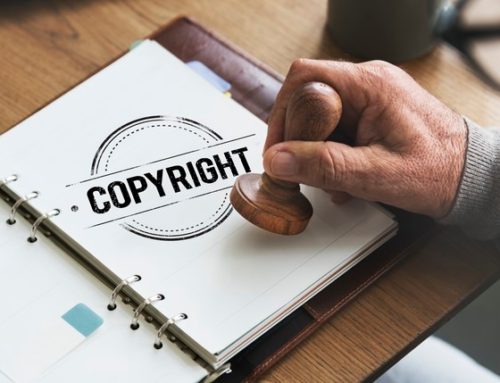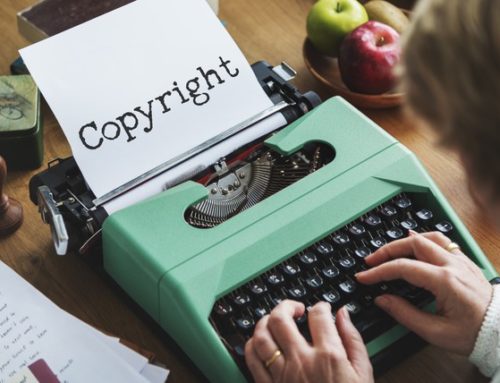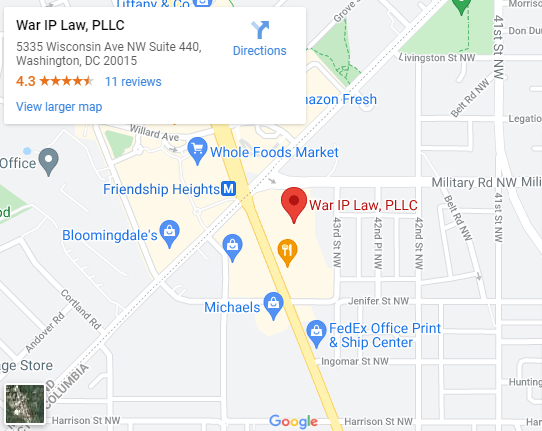Copyright Symbols
We’ve all probably seen what a copyright symbol looks like. In most works, companies, and items, it is the encircled letter “c” along with the name and date. While most of us might have a basic understanding of the term copyright and what the symbol stands for, we don’t always get deep into its nitty-gritty details. If you’re the enterprising or creative type whose works you’d like to make your own, it’ll help you a great deal to know about copyright symbols.
Understanding the proper usage of a copyright symbol is essential in protecting your hard work. While using it is optional, consider it necessary to remind or let others know that this piece of work is yours. Examples of copyrightable works are books, sound recordings, photos, choreography, and poetry. Copyrighting is automatic upon creation of the said work though registration isn’t necessary.
Navigating intellectual property law can be pretty tricky for most, with all the things you’d have to register and undergo to have your work protected. Thankfully, a Washington, D.C. intellectual property lawyer is available to help you go through the copyright process.
Allow this blog right here to be your guide in knowing the basics of copyright symbols, such as what they are, when to use them, and how to use them. Should you find yourself needing legal assistance in understanding intellectual property terms, never hesitate to seek the guidance of an intellectual property law expert.
What Are Copyright Symbols?
Copyright symbols are placed on original works to protect them. They tell others that this is the original creation of a certain creator.
Creators are urged to copyright and register their tangible works. While registration isn’t necessary, it provides creators with legal rights and protection against copyright infringement—that is, the usage and reproduction of copyright-protected material without permission from its owner or creator. Tangible works are considered eligible for copyright upon their creation.
Copyright symbols are characterized by a letter c enclosed in a circle or the word “Copr.” All works are copyrighted and protected upon creation, and prior to March 1, 1989, the copyright symbol was mandatory on all published works; after this date, the copyright symbol became optional. While you always have a choice, it is recommended to use a copyright symbol to indicate that a work is copyrighted as it will help identify you as the owner and creator of the work.
If you need a better understanding of intellectual property law or are dealing with copyright infringement of your work, it is advisable to seek the legal advice of a Washington D.C. IP lawyer who can handle your case and work with you towards the best possible outcome.
Where Did the Copyright Symbol Originate?
The use of an encircled “c” as a copyright symbol started in 1909. In antiquity, various symbols were used to denote ownership of a certain piece of work. They came in the form of a seal that proved the authentication of a book. Eventually, the Copyright Act of 1802 required publishers to use a lengthy copyright notice to enjoy copyright protection.
In addition to extending copyright terms from 42 years to 56 years, the Copyright Act of 1909 introduced the copyright symbol. Most works required “Copyright” or its abbreviation “Copr.” But for maps and other forms of visual art, creators could use a new symbol—the familiar copyright symbol we know today. In 1954 the symbol was accepted as a copyright notice for any protectable work.
In 1988, the United States acceded to the Berne Convention, which does not require original works of authorship to bear a copyright symbol. However, the copyright symbol still puts potential infringers on notice in one important respect: they cannot assert an innocent infringement defense if they had access to a work bearing the copyright symbol.
The copyright symbol might be a small detail to pay attention to, but there are laws and protections around it that carry a lot of weight for most creators.
How Do I Correctly Use a Copyright Symbol?
There are several ways of properly using a copyright symbol, though using it and registering for it isn’t mandatory. Here are some of the few acceptable formats for using copyright symbols:
- © 2022 John Doe (The most common one, with the symbol, the date of publication, and the author’s name)
- Copr. 2022 John Doe (Abbreviated version of copyright, date of publication, and name of author)
- Copyright 2022 John Doe (The term copyright is fully spelled out together with the date of publication and author’s name.)
The term “All Rights Reserved” can also be included based on the creator’s preference, although it is not required or legally significant. If used, “All Rights Reserved” indicates that the creator holds all rights to the use of his work, such as the right to copy, distribute, and public display. However, the copyright notice already conveys that on its own.
Copyright notice location also depends upon the creator’s choice. Typically, a notice is sufficient to communicate protection regardless of where it is located.
Registering your work with the Copyright Office is optional, but it offers additional protection. Should you feel confused by intellectual property legal issues, seek the counsel of a Washington, D.C intellectual property lawyer to sort your IP issues out.
What Is a Copyright Notice, and How Do I Format It?
AAny original work that you create is automatically copyrighted and protected by law. If you wish to sue for copyright infringement and take it to court, it is best to have a copyright notice. A copyright notice helps protect your rights regardless of whether you have registered it or not.
Summary
Copyright notices are statements placed on your work to indicate that you are its owner and creator. Its purposes include providing:
- Notice to potential infringers.
- Evidence of intentional infringement.
- Information regarding the author.
Seek Legal Advice
If you’re having trouble with copyrighting your works or are dealing with infringement of your copyrighted material, it’s best to deal with these matters with the guidance of an experienced intellectual property lawyer at War IP Law, LLC. Our experienced attorneys will guide you through every step and help you protect your IP rights.

